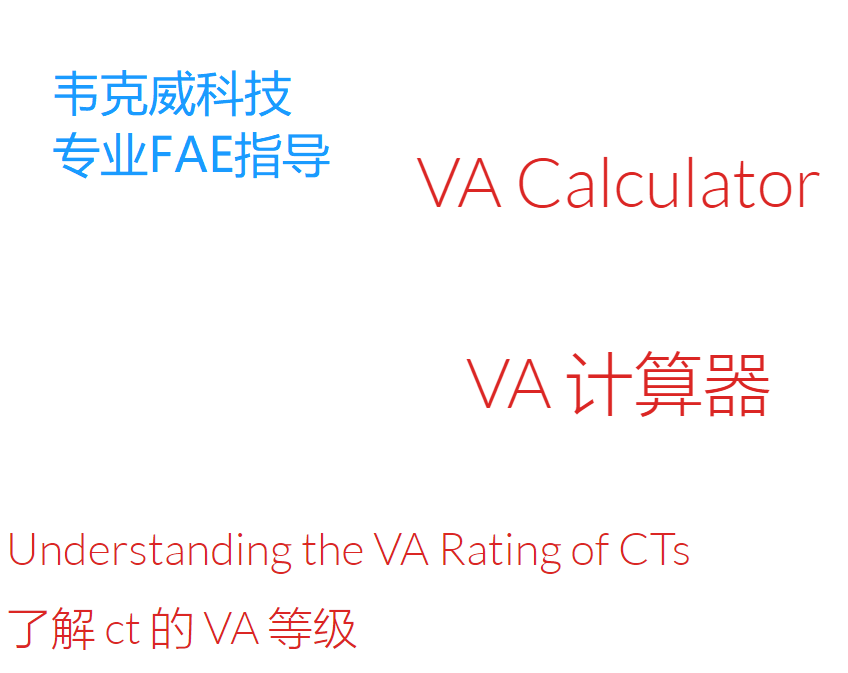Understanding the volt ampere characteristics of current transformers - Weikewei - Professional FAE guidance
In this article, the editorWe will try to answer the following three questions to provide you with more professional guidance on choosing a current transformer:
1. So what is the volt ampere rating?
Power monitoring includes two important readings: voltage and current. In order to calculate various parameters that we may be interested in, including active power, reactive power, apparent power, power factor, power demand, etc., these two parameters are required.
Voltage measurement is quite simple. The voltage line is connected to the energy meter, and the internal circuit measures the voltage and waveform. As long as the voltage does not exceed the maximum voltage that the instrument can handle or fall below a certain minimum threshold, the instrument can obtain its voltage reading. On the other hand, current measurements are slightly more complex. To measure current, a current transformer is usually used (there are other options, but not very practical). In order to function properly, the CT must be 'wrapped' around the main conductor at each stage, meaning that each stage must pass through its own CT.
Today, there are various types of current sensors; This blog will focus on all 'real' CTs, that is, any CT with current output. Common current outputs include 5A, 1A, 0.1 A, or low mA output. These CT scans are very diverse and still the most widely used type worldwide. Each of these current sensors is affected by the VA rating.
*Note that current transformers with voltage output (whether AC or DC) should have resistors added to the current transformers and should not have a VA rating.
CTs with larger cores are usually able to transmit more energy. If we output current, some people may ask why we care about electricity. The wires we use to connect CT have some resistance. In addition, in order to convert the current into the voltage required for measurement, the current output of the current transformer is "loaded" by a resistor at a certain point - usually inside the instrument. In general, these resistors must 'overcome' the current output of CT, which is the function of VA rating.

What would happen if the VA rating is incorrect?
If the VA rating is too low (relative to the entire resistance of the circuit), the current will decrease when passing through the circuit, resulting in a low reported actual current. Will the VA rating be too high? From a technical perspective, there is no VA level that is too high. However, from a practical perspective, large CT scanners are more expensive and bulky than small CT scanners, making them more difficult to install.
This is where our calculator comes in handy. It calculates the resistance of a circuit, which consists of two parts:
a,The resistance of a wire in the entire (round-trip) circuit
b,Resistance of the instrument (load resistor)
If you have already selected one instrument, the second one has already been decided. However, # 1 is determined based on the type of wire (metal type), the length of the wire, and the thickness of the wire (thicker wires have lower resistance).When you enter these parameters into our calculator, it will indicate how long the CT wire can be (and the result you can see from the switch wire gauge). Alternatively, if you plan to use wires of a certain length and specification, it will inform you that the minimum VA rating is required from CT to maintain the accuracy of CT's statements.If the resistance of the circuit causes the required VA level to be greater than what the current transformer can provide, the result will be a decrease in accuracy. The farther apart these two numbers are, the worse their accuracy.
If you have any questions about choosing a current sensor, please contact our technical staff at Weqway and we will calculate the corresponding value you need.